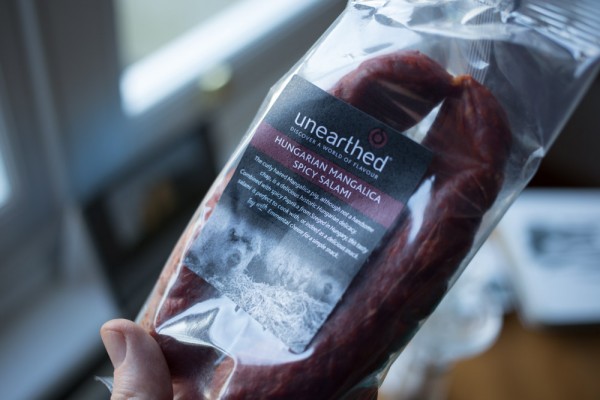Yesterday evening, I accidentally tapped a button on my iPad screen. At least, I guess I must have done, because emails started coming back from all those who had accepted my LinkedIn invitation. Eh?
Yes, it turns out that I had accidentally spammed a couple of hundred people asking for a connection. I think it was everyone in my Gmail contacts who was on LinkedIn but not already connected to me. I know you can do such things, but I would never dream of performing so crass an operation deliberately.
And this is all very embarrassing. There are some I know well and would be delighted to connect to: I just hadn’t got around to it yet. But there are many more whom I scarcely know at all, and I can just imagine them scratching their heads and making the same sort of face that I make when complete strangers ask me for a connection. And then there are those I know in a completely different social context: the wife of a casual acquaintance who is probably wondering why on earth I connected to her and not her husband…
All of which makes me ponder: have I ever actually had any benefit from my LinkedIn account (which I’ve had almost since the service started)? I can’t think of any. There have been one or two people who have sent me useful messages, but I’m not hard to find elsewhere on the net, and frankly would much prefer to receive such communications by email. And then there was all that endorsement craziness a little while back.
No, the only positive thing I can really say about LinkedIn is that it doesn’t annoy me as much as Facebook. But then, I do occasionally get some benefit from Facebook.
So I suspect that the right thing to do is to close my account. And yet, as I come to that conclusion, I think of all those distant acquaintances who, having received my annoying message, sigh and say, “Oh well, I suppose I’d better link to him”, and click the button, only to be told that my account is no longer there, so I’d pestered them in vain. Argh!
You see, I can’t win. Social gaffes threaten at every turn… Help! I’m LockedIn…


Recent Comments